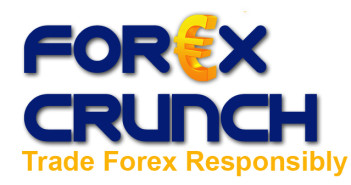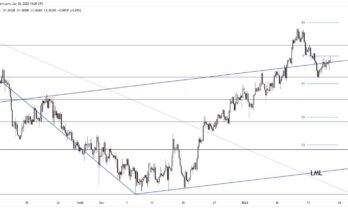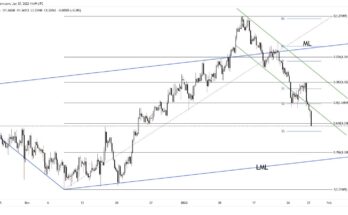The aftershocks from last Friday’s events are still reverberating through financial markets this morning, with the Japanese Yen in the spotlight after the Bank of Japan surprised participants with an increase in their asset purchase program. The monetary policy divergence between the Fed and BoJ will continue to act as the main theme throughout the trading week, though the European Central Bank meeting and employment figures out of Canada and the US will draw traders’ attention in the latter half of the week. The pain for the Yen has failed to abate so far this morning, and though there was a bank holiday in Japan that thinned out overnight trading and liquidity, the Yen has hit a seven-year low against the greenback, with USDJPY ramping to the high-113s. The underlying Yen weakness and corresponding big dollar strength have filtered through to the other major currency pairs, with the dollar outperforming as the DXY edges higher by another 0.15%. Also helping the greenback elicit its bid tone on this Monday morning was the fact that China’s official Service PMI reading came in at a nine-month low of 53.8, down from September’s 54.0 reading, where a cooling property market continues to weigh on growth prospects and thus assets correlated with global growth.
European bourses aren’t fairing much better, with the major equity indices well situated in the red midway through their session after lackluster final PMI prints failed to spark risk appetite. The widening gap between Germany and France in terms of purchasing manager activity narrowed from the earlier flash estimates, but the jump of 1.7pts for France wasn’t enough to get it out of what is considered a contraction from the previous month, and fell short of bolstering confidence the October readings for the overall zone signaled the worst was behind the common-currency bloc. With the ECB meeting later in the week, the Euro is likely to exhibit some choppy trading patterns ahead of Thursday’s announcement, where the surprise decision from the BoJ on Fridaywill certainly be in the back of traders’ minds. While the most likely path for the ECB is to make no changes to their monetary policy framework, Draghi does have the potential to speak more about increasing the universe of assets the ECB could look at purchasing during his press conference, and the outside chance the central bank follows suit with the BoJ and increases their campaign to stimulate the zone. The Euro has experienced a rocky start to the new trading week, with a run on sell stops cratering EURUSD into the mid-1.24s, though the dip has since been bought and the pair is back to pivoting around the 1.25 handle.
Heading into the North American open, S&P futures are essentially flat, refusing to give back much of Friday’s strong rally. Hydrocarbons are seeing the bid side of the order book a tad bit heavier, with front-month WTI edging back closer to the $81/barrel level while Copper futures are also seeing some buying interest despite the soft Chinese data released over the weekend. The Loonie is pivoting around the unchanged mark against the greenback ahead of the opening bell, though the bias continues to be for a higher USDCAD given the underlying strength of the DXY and the disappointing GDP figures for the Canadian economy that were released on Friday. The ISM Manufacturing PMI numbers for the American economy are set to be released in about an hours’ time, and will be likely to drive market price action as traders parse through the component indices to get beads on employment and price levels.
Further reading:
Australian dollar and Iron ore falling hand in hand
EURUSD



